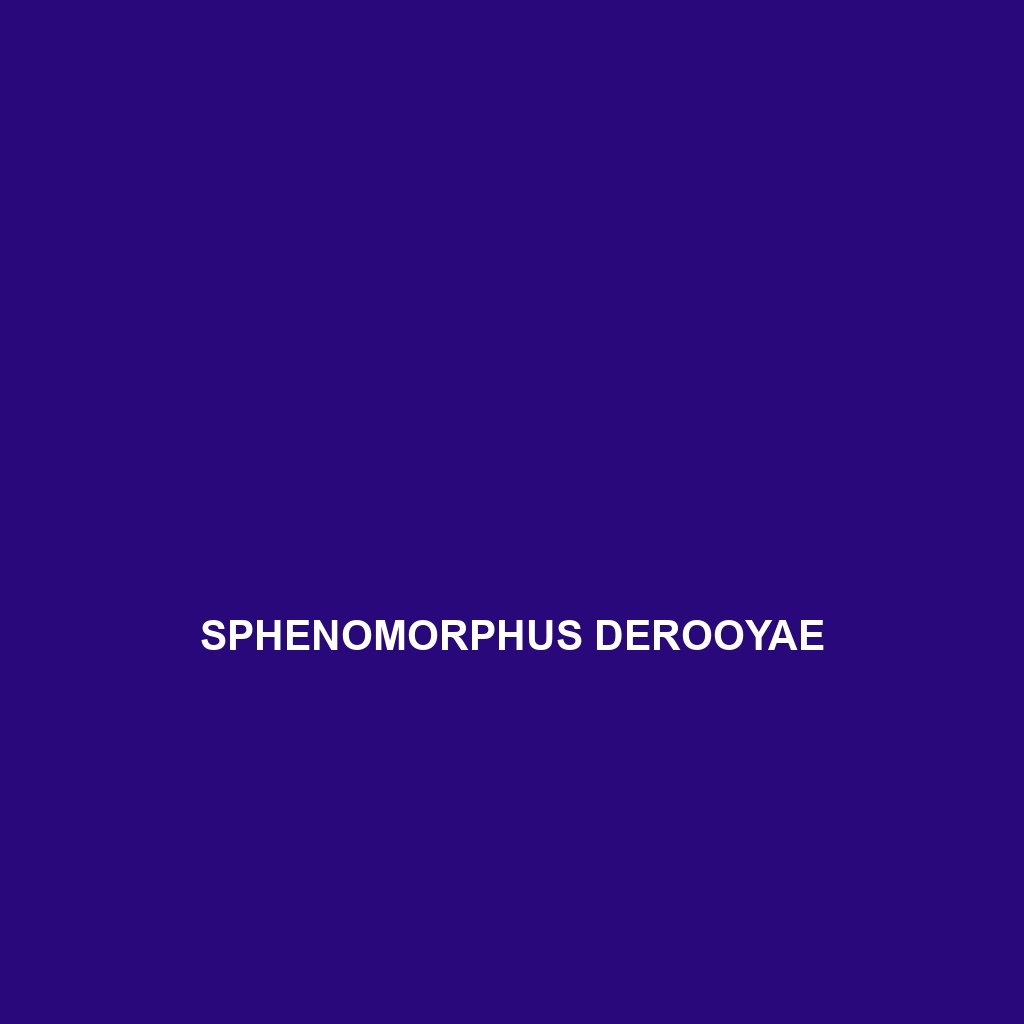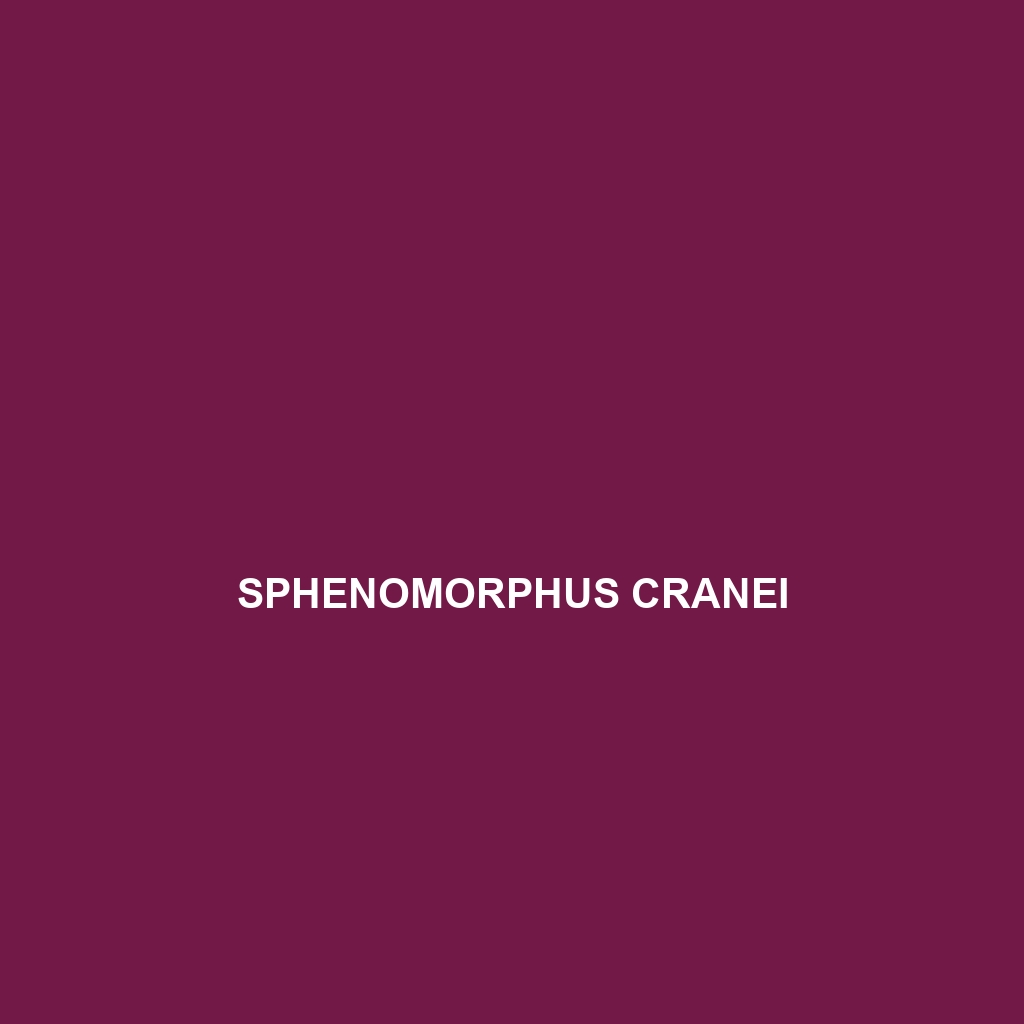Discover the captivating Sphenomorphus microtympanum, a small to medium-sized lizard from Southeast Asia, known for its striking mosaic coloration and agile movements among rainforest leaf litter. This diurnal insectivore plays a vital role in controlling insect populations, while showcasing unique courtship displays during the rainy season.
Tag: lizard reproduction
Sphenomorphus malayanus
<p><b>Sphenomorphus malayanus</b>, known as the Malaysian skink, is a modestly sized lizard measuring 6 to 8 inches with smooth, shiny scales and a vibrant mix of greens and browns. Found in tropical rainforests and savannas of Peninsular Malaysia, it plays a crucial role in controlling insect populations while showcasing fascinating behaviors and a unique ability to camouflage in its natural habitat.</p>
Sphenomorphus kinabaluensis
<b>Sphenomorphus kinabaluensis</b> is a slender, insectivorous lizard found in the biodiverse rainforests of Malaysia, primarily on Mount Kinabalu. With a body length of 12 to 15 cm, this species is well-adapted to its environment, exhibiting unique camouflage and behaviors essential for survival in its tropical habitat.
Sphenomorphus indicus
The Indian skink (<i>Sphenomorphus indicus</i>) is a medium-sized lizard ranging from 15 to 30 cm, known for its slender body, smooth scales, and impressive camouflage abilities. Found in diverse habitats across Southeast Asia and the Indian subcontinent, it plays a crucial ecological role as an insectivore and contributes to soil aeration through its burrowing behavior.
Sphenomorphus incognitus
<b>Sphenomorphus incognitus</b> is a medium-sized lizard native to tropical Southeast Asia, known for its earthy coloration and nocturnal behavior. Primarily insectivorous, it plays a vital role in controlling insect populations and contributes to ecological balance within its rainforest habitat.
Sphenomorphus forbesi
Discover the Sphenomorphus forbesi, or Forbes' skink, a slender, agile lizard found in the tropical rainforests of Southeast Asia. With a length of 15 to 20 cm, it showcases smooth scales in brown or greenish-brown hues, thriving in high humidity and playing a vital role in its ecosystem as both predator and prey.
Sphenomorphus derooyae
<p><b>Sphenomorphus derooyae</b>, a small, nocturnal lizard native to Southeast Asia's tropical rainforests, thrives in humid environments and displays striking color patterns for camouflage. This insectivorous species plays a vital role in regulating insect populations and maintaining the health of its ecosystem.</p>
Sphenomorphus dekkerae
<b>Sphenomorphus dekkerae</b> is a striking, slender lizard native to the tropical rainforests of Southeast Asia, characterized by its deep green or brown coloration with intricate patterns. This nocturnal insectivore plays a vital role in its ecosystem, controlling insect populations and contributing to soil health while facing vulnerabilities due to habitat loss.
Sphenomorphus cranei
Discover the vibrant <b>Sphenomorphus cranei</b>, a striking lizard native to the rainforests of Southeast Asia. Known for its unique coloration, agile behavior, and vital role in regulating insect populations, this species thrives in humid environments and is a fascinating example of rainforest biodiversity.
Sphenomorphus brunneus
<p><b>Sphenomorphus brunneus</b>, a small to medium-sized lizard found in Southeast Asia's rainforests, savannas, and temperate forests, is known for its rich brown coloration and nocturnal behavior. This insectivorous species plays a critical role in its ecosystem by maintaining insect populations and serves as a food source for larger predators.</p>









